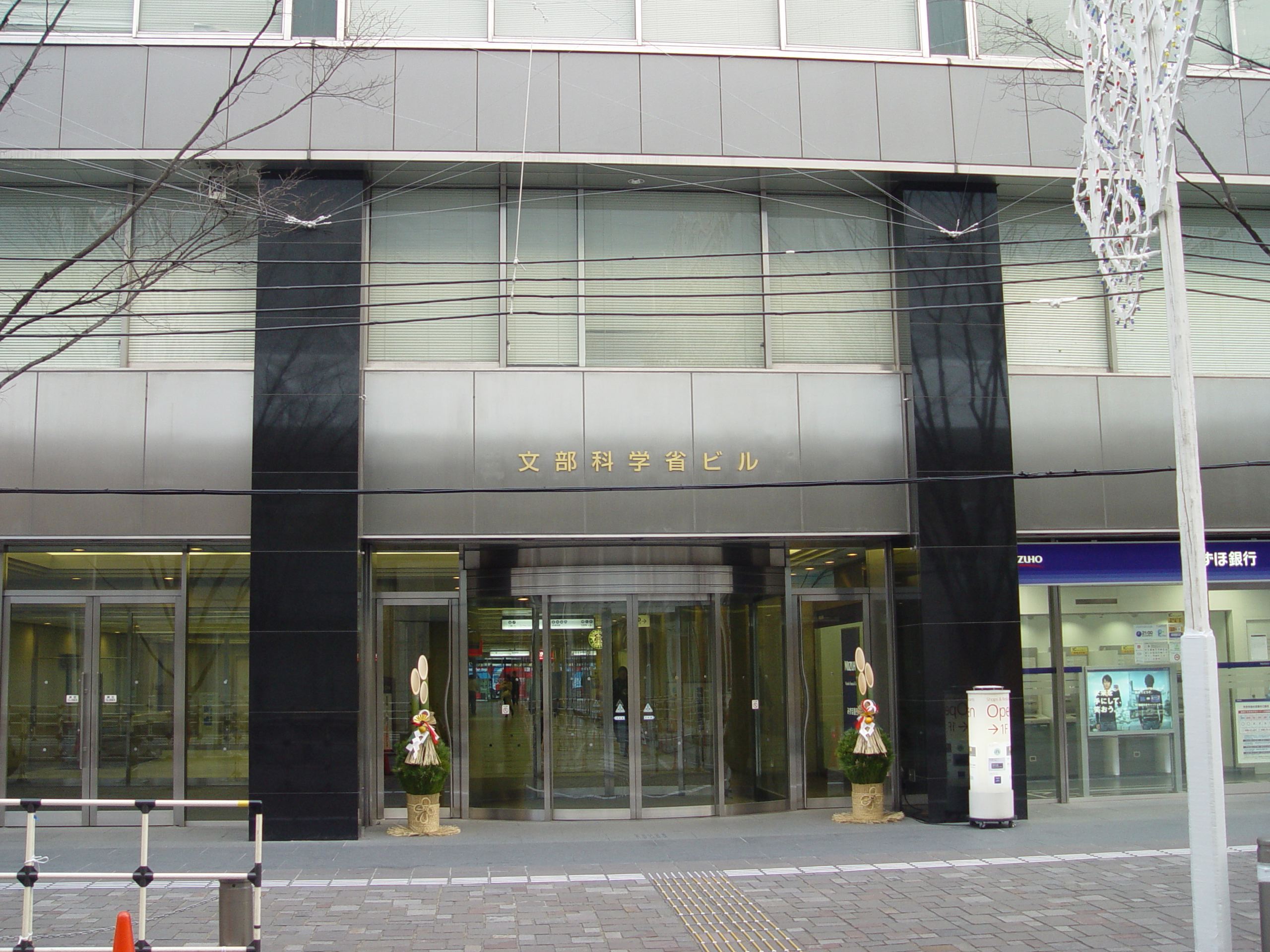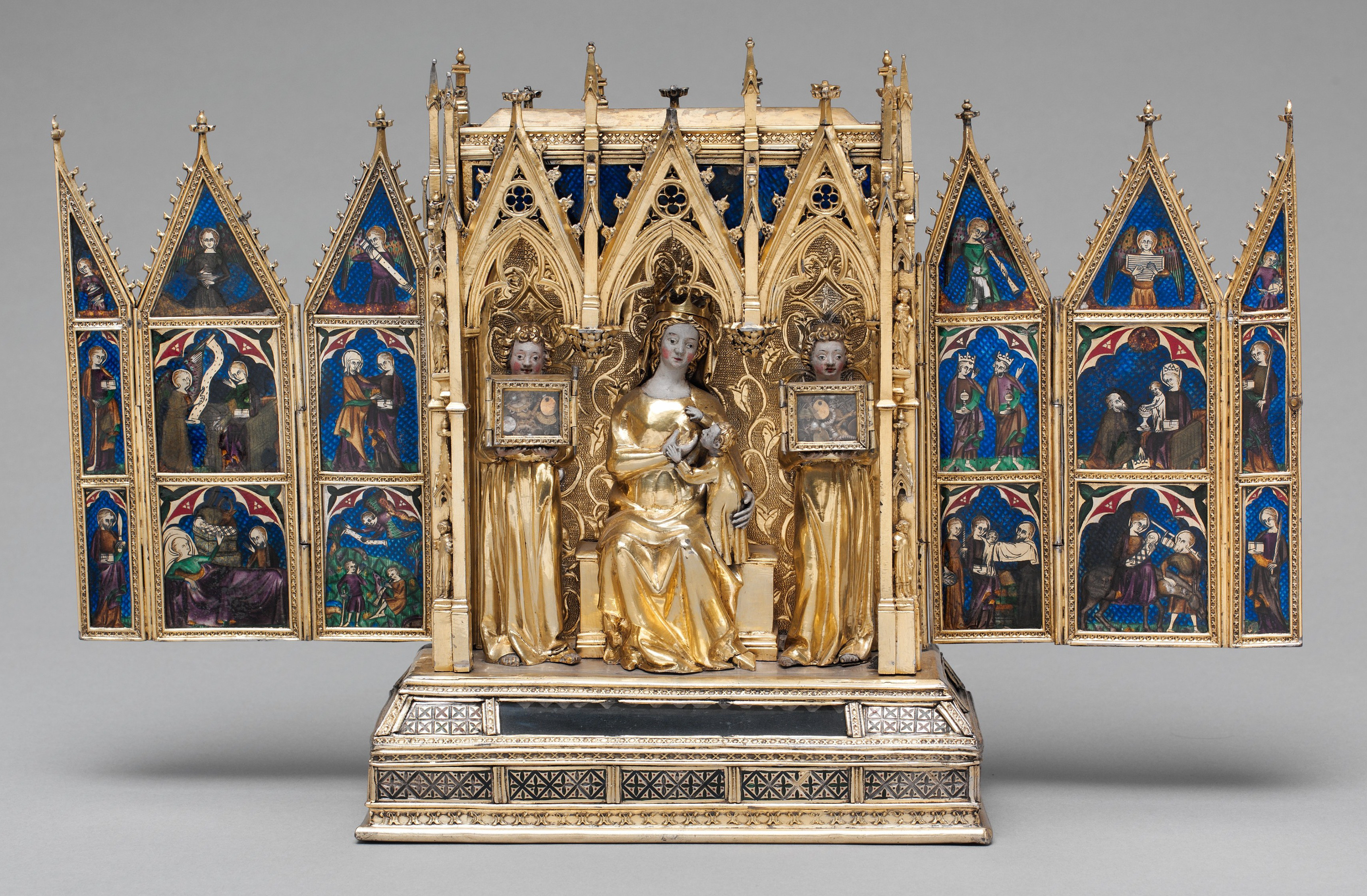|
ŇĆmi Shrine
or Omi Shrine is a List of JingŇę, JingŇę shinto shrine in ŇĆtsu, Shiga, ŇĆtsu, a city in Shiga Prefecture, Japan. It was constructed in 1940 and is dedicated to Emperor Tenji. It was formerly an imperial shrine of the first rank (ŚģėŚĻ£Ś§ßÁ§ĺ, ''kanpei taisha'') in the Modern system of ranked Shinto Shrines. The shrine is located near ŇĆmijingŇęmae Station. History The shrine is dedicated to Emperor Tenji (626-671), the List of Emperors of Japan, 38th emperor of Japan. Emperor Tenji carried out the Taika Reforms and aimed to complete the reform in the capital city, which was located on the west bank of Lake Biwa. He moved the Capital of Japan, Japanese capital from Asuka, Yamato, Asuka to ŇĆtsu in 667. Emperor Tenji also presided over the establishment of the first rŇćkoku, or Japanese water clock system, which was installed in 671. The proposal for this shrine to Emperor Tenji was first considered by Japanese Diet in 1908. The construction of the shrine started in 1937 and was ... [...More Info...] [...Related Items...] OR: [Wikipedia] [Google] [Baidu] [Amazon] |
Shinto
, also called Shintoism, is a religion originating in Japan. Classified as an East Asian religions, East Asian religion by Religious studies, scholars of religion, it is often regarded by its practitioners as Japan's indigenous religion and as a nature religion. Scholars sometimes call its practitioners ''Shintoists'', although adherents rarely use that term themselves. With no central authority in control of Shinto, there is much diversity of belief and practice evident among practitioners. A polytheism, polytheistic and animism, animistic religion, Shinto revolves around supernatural entities called the (Á•ě). The are believed to inhabit all things, including forces of nature and prominent landscape locations. The are worshipped at household shrines, family shrines, and Shinto shrine, ''jinja'' public shrines. The latter are staffed by priests, known as , who oversee offerings of food and drink to the specific enshrined at that location. This is done to cultivate harmony ... [...More Info...] [...Related Items...] OR: [Wikipedia] [Google] [Baidu] [Amazon] |
Asuka, Yamato
was the Imperial capital of Japan during the Asuka period (538 ‚Äď 710 AD), which takes its name from this place. It is located in the present-day village of Asuka, Nara Prefecture. Etymology Some of the many theories of what the place was named after include the bird common crossbill, or ''isuka'' in Japanese, or local geological features, e.g. śī≤Śá¶ (''suka'', meaning sandbar, sandbank or delta) or Śī©Śúį (''asu'') + Śá¶ (''ka''). Or it may have been named in honor of Asuka (or Ashuku) Nyorai, the Japanese equivalent of Akshobhya, one of the Five Buddhas of Wisdom, who is still worshiped in the Asuka-dera (Asuka Temple), the Asuka-niimasu-jinja (the shrine for his manifestation as a Shinto god), and several other structures from those days. Archaeology Archaeology projects continue to uncover relics from these ruins. Recent discoveries in the area include Wado coins, believed to be some of the oldest coins in Japan, and paintings in the Kitora and Takamatsuzuka Kofun, or ... [...More Info...] [...Related Items...] OR: [Wikipedia] [Google] [Baidu] [Amazon] |
Agency For Cultural Affairs
The is a special body of the Japanese Ministry of Education, Culture, Sports, Science and Technology (MEXT). It was set up in 1968 to promote Japanese arts and culture. The agency's budget for FY 2018 rose to ¥107.7 billion. Overview The agency's Cultural Affairs Division disseminates information about the arts within Japan and internationally, and the Cultural Properties Protection Division protects the nation's cultural heritage. The Cultural Affairs Division is concerned with such areas as art and culture promotion, art copyrights, and improvements in the national language. It also supports both national and local arts and cultural festivals, and it funds traveling cultural events in music, theater, dance, art exhibitions, and film-making. Special prizes are offered to encourage young artists and established practitioners, and some grants are given each year to enable them to train abroad. The agency funds national museums of modern art in Kyoto and Tokyo and The National ... [...More Info...] [...Related Items...] OR: [Wikipedia] [Google] [Baidu] [Amazon] |
Reliquary Box Sufukuji
A reliquary (also referred to as a ''shrine'', ''chasse'', or ''phylactery'') is a container for relics. A portable reliquary, or the room in which one is stored, may also be called a ''feretory''. Relics may be the purported or actual physical remains of saints, and may comprise bones, pieces of clothing, or some object associated with saints or with other religious figures. The authenticity of any given relic is often a matter of debate; for that reason, some churches require documentation of a relic's provenance. Relics have long been important to Buddhists, Christians, Hindus, and to followers of many other religions. These cultures often display reliquaries in shrines, churches, or temples to which the faithful make pilgrimages to gain blessings. The term is sometimes used in a looser sense to mean a container for the remains of any important figure, even non-religious ones. In particular, the kings of France often specified that their hearts and sometimes other organs ... [...More Info...] [...Related Items...] OR: [Wikipedia] [Google] [Baidu] [Amazon] |
Honden
In Shinto shrine architecture, the , also called , or sometimes as in Ise Shrine's case, is the most sacred building at a Shinto shrine, intended purely for the use of the enshrined ''kami'', usually symbolized by a mirror or sometimes by a statue.JAANUS The building is normally in the rear of the shrine and closed to the general public. In front of it usually stands the ''Haiden (Shinto), haiden'', or Oratory (worship), oratory. The ''haiden'' is often connected to the ''honden'' by a ''Heiden (Shinto), heiden'', or hall of offerings. Physically, the ''honden'' is the heart of the shrine complex, connected to the rest of the shrine but usually raised above it, and protected from public access by a fence called ''tamagaki''. It usually is relatively small and with a gabled roof. Its doors are usually kept closed, except at matsuri, religious festivals. Kannushi, Shinto priests themselves enter only to perform rituals. The rite of opening those doors is itself an important part o ... [...More Info...] [...Related Items...] OR: [Wikipedia] [Google] [Baidu] [Amazon] |
Haiden (Shinto)
In Shinto shrine architecture, the is the hall of worship or Oratory (worship), oratory. It is generally placed in front of the shrine's main sanctuary (''honden'') and often built on a larger scale than the latter. The ''haiden'' is often connected to the ''honden'' by a ''Heiden (Shinto), heiden'', or hall of offerings. While the ''honden'' is the place for the enshrined ''kami'' and off-limits to the general public, the ''haiden'' provides a space for ceremonies and for worshiping the ''kami''. In some cases, for example at Nara prefecture, Nara's ŇĆmiwa Shrine, the ''honden'' can be missing and be replaced by a patch of sacred ground. In that case, the ''haiden'' is the most important building of the complex. References [...More Info...] [...Related Items...] OR: [Wikipedia] [Google] [Baidu] [Amazon] |
RŇćmon
The is one of two types of two-storied gates used in Japan (the other one being the '' nijŇęmon'', see photo in the gallery below). Even though it was originally developed by Buddhist architecture, it is now used at both Buddhist temples and Shinto shrines. Its otherwise normal upper story is inaccessible and therefore offers no usable space. It is in this respect similar to the ''tahŇćtŇć'' (a two-storied pagoda) and the multi-storied pagoda, neither of which offers, in spite of appearances, usable space beyond the first story. In the past, the name also used to be sometimes applied to double-roof gates. This extremely common single-roof gate was developed from the double-roofed ''nijŇęmon'', replacing the flanking roof above the first floor with a very shallow balcony with a balustrade that skirts the entire upper story. Therefore, while the ''nijŇęmon'' has a series of brackets ('' tokyŇć'') supporting the roof's eaves both at the first and at the second story, in the ''rŇćm ... [...More Info...] [...Related Items...] OR: [Wikipedia] [Google] [Baidu] [Amazon] |
Torii
A is a traditional culture of Japan, Japanese gate most commonly found at the entrance of or within a Shinto shrine, where it symbolically marks the transition from the mundane to the sacred, and a spot where kami are welcomed and thought to travel through. The presence of a ''torii'' at the entrance is usually the simplest way to identify Shinto shrines, and a small ''torii'' icon represents them on Japanese road maps and on Google Maps. The first appearance of ''torii'' gates in Japan can be reliably pinpointed to at least the mid-Heian period; they are mentioned in a text written in 922. The oldest existing stone ''torii'' was built in the 12th century and belongs to a Hachiman shrine in Yamagata Prefecture. The oldest existing wooden ''torii'' is a ''ryŇćbu torii'' (see description below) at KubŇć Hachiman Shrine in Yamanashi Prefecture built in 1535. ''Torii'' gates were traditionally made from wood or stone, but today they can be also made of reinforced concrete, stain ... [...More Info...] [...Related Items...] OR: [Wikipedia] [Google] [Baidu] [Amazon] |
Tangible Cultural Properties Of Japan
A as defined by the Japanese government's Law for the Protection of Cultural Properties is a part of the Cultural PropertiesIn this article, capitals indicate an official designation as opposed to a simple definition, e.g "Cultural Properties" as opposed to "cultural properties". of high historical or artistic value such as structures, paintings, sculptures, handicrafts, calligraphic works, ancient books, historic documents, archeological artifacts and other such items created in Japan.Despite the official definition, some Cultural Properties of Japan were created in China, Korea or other countries. See for example the Letter from Duarte de Menezez to Toyotomi Hideyoshi, a National Treasure, pictured below and made in India. All objects which are not structures are called "works of fine arts and crafts. Considered by the Japanese government to be, like all Cultural Properties, a precious legacy of the Japanese people, they are protected in various ways, and their export is eithe ... [...More Info...] [...Related Items...] OR: [Wikipedia] [Google] [Baidu] [Amazon] |
Japanese Diet
, transcription_name = ''Kokkai'' , legislature = 215th Session of the National Diet , coa_pic = Flag of Japan.svg , house_type = Bicameral , houses = , foundation=29 November 1890(), leader1_type = President of the House of Councillors , leader1 = Masakazu Sekiguchi , party1 = LDP , election1 = 11 November 2024 , leader2_type = Speaker of the House of Representatives , leader2 = Fukushiro Nukaga , party2 = LDP , election2 = 11 November 2024 , leader3_type = Prime Minister , leader3 = Shigeru Ishiba , party3 = LDP , election3 = 1 October 2024 , members = , house1 = House of Councillors , structure1 = Japan House of Councillors Political Groups - November 2024.svg , political_groups1 = Government (140) * LDP (113) * KŇćmeitŇć (27) Opposition (91) * CDP- SDP (41) * Ish ... [...More Info...] [...Related Items...] OR: [Wikipedia] [Google] [Baidu] [Amazon] |
University Of California Press
The University of California Press, otherwise known as UC Press, is a publishing house associated with the University of California that engages in academic publishing. It was founded in 1893 to publish scholarly and scientific works by faculty of the University of California, established 25 years earlier in 1868. As the publishing arm of the University of California system, the press publishes over 250 new books and almost four dozen multi-issue journals annually, in the humanities, social sciences, and natural sciences, and maintains approximately 4,000 book titles in print. It is also the digital publisher of Collabra and Luminos open access (OA) initiatives. The press has its administrative office in downtown Oakland, California, an editorial branch office in Los Angeles, and a sales office in New York City, New York, and distributes through marketing offices in Great Britain, Asia, Australia, and Latin America. A Board consisting of senior officers of the University of Cali ... [...More Info...] [...Related Items...] OR: [Wikipedia] [Google] [Baidu] [Amazon] |








